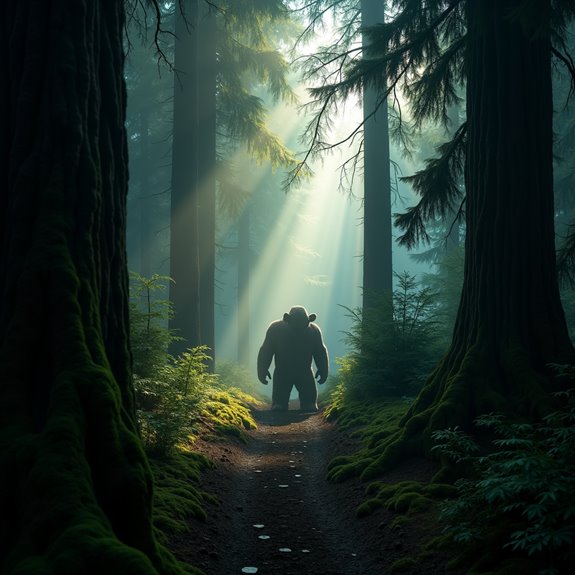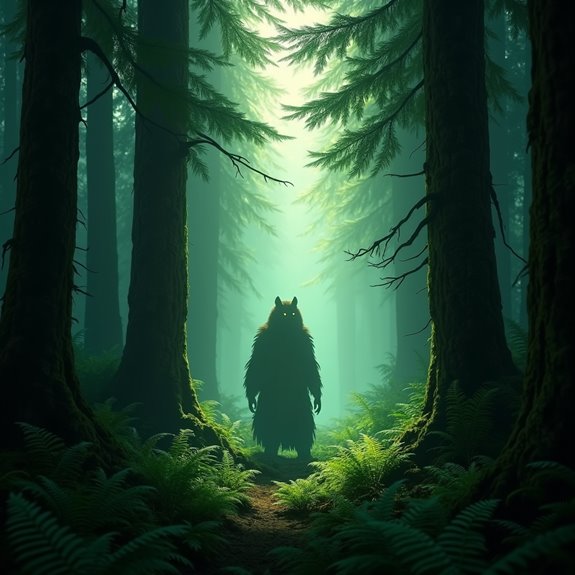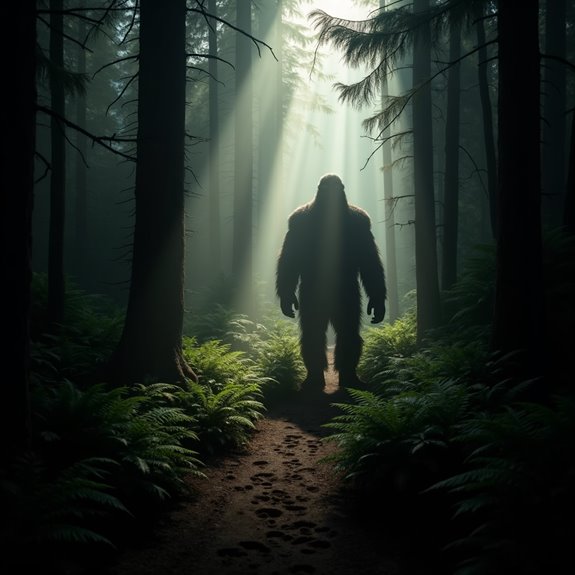Is Bigfoot Roaming the Pacific Northwest?
The question of whether Bigfoot roams the Pacific Northwest remains an enchanting topic. This region, with its dense forests and rugged terrain, has been a hotspot for eyewitness accounts and folklore. Indigenous stories speak of a large, hairy creature, while modern sightings continue to surface. Yet, the evidence is often elusive, sparking debate among believers and skeptics alike. What truths lie hidden in the shadows of the wilderness?
Introduction

Though myths and legends surround Bigfoot, the creature remains a fascinating subject, especially in the Pacific Northwest. This elusive being sparks curiosity and debate among enthusiasts, researchers, and skeptics alike. Stories of encounters date back centuries, enthralling imaginations and fueling a subculture dedicated to the search for Bigfoot. Dense forests, rugged mountains, and remote wilderness areas create an ideal habitat for such a mysterious creature, heightening interest in sightings documented across the region. Various expeditions and investigations seek evidence of Bigfoot’s existence, while theories about its nature range from undiscovered species to paranormal entities. With countless reported sightings and a rich tapestry of cultural impact, Bigfoot continues to intrigue those who venture into the great outdoors, seeking answers where science hasn’t yet ventured.
Indigenous Folklore and Legends

Indigenous cultures in the Pacific Northwest have shared stories of a giant, hairy creature known by various names, illustrating a deep-rooted belief in its existence. Many tribes speak of the Sasquatch, a guardian of the forests, emphasizing its spiritual significance. Traditionally, these stories teach respect for nature and its mysteries. Elders often recount encounters with the creature, describing its incredible size and strength, fostering a connection to the wilderness. Some legends suggest the creature possesses supernatural abilities, capable of blending into the environment or vanishing altogether. These tales aren’t just for entertainment; they carry lessons about harmony, reverence for wildlife, and the interconnectedness of all living beings, showcasing the rich tapestry of Indigenous beliefs that continue to resonate today.
Notable Cases or Sightings

While countless accounts of Bigfoot sightings have emerged over the years, a few notable cases stand out due to their compelling evidence and the public interest they generated. One of the most famous sightings occurred in 1967 when Roger Patterson and Bob Gimlin captured footage of a large, ape-like creature in Bluff Creek, California. This film continues to be scrutinized but remains a cornerstone of Bigfoot lore. In another instance, a hiker in Washington claimed to have encountered a massive figure near Mount Rainier in 2019, later providing photos that sparked debates among enthusiasts. Additionally, the frequent reports from the Olympic National Park area have fueled curiosity, drawing both researchers and thrill-seekers enthusiastic to hunt for the elusive creature.
Common Theories or Explanations
The numerous sightings and enthralling stories have led to various theories and explanations about Bigfoot’s existence. Some believe it’s a surviving species of prehistoric ape, attributing sightings to a creature that has evaded discovery for centuries. Others argue it’s an undiscovered hominin, suggesting that evolutionary adaptations allow it to thrive in dense wilderness. Skeptics, however, propose that sightings result from misidentifications or hoaxes, focusing on the human tendency to seek out the extraordinary. Additionally, some enthusiasts argue that Bigfoot could be an extraterrestrial being, while paranormal explanations abound, linking it to folklore. Each theory reflects society’s fascination with the mysterious, showcasing humanity’s desire to uncover the truth behind the elusive creature that captures imaginations across the Pacific Northwest.
Frequently Asked Questions
What Physical Evidence Supports the Existence of Bigfoot?
Skeptics argue physical evidence for Bigfoot is lacking, while some enthusiasts cite footprints, hair samples, and blurry photographs. They believe these findings suggest a creature exists, though most experts dispute their legitimacy and seek more conclusive proof.
Are There Any Governmental Investigations Into Bigfoot Sightings?
Many researchers believe there’s been little official governmental investigation into Bigfoot sightings. Instead, various individuals and private organizations often conduct their own inquiries, chasing evidence and analyzing sighting reports, hoping to uncover the elusive creature’s truth.
How Do Researchers Conduct Field Studies for Bigfoot?
Researchers conduct field studies for Bigfoot by setting up camera traps, collecting footprints, and utilizing audio equipment. They often analyze data in remote locations, seeking evidence through interviews and local stories while ensuring scientific methodologies are followed.
What Technology Is Used to Search for Bigfoot?
Researchers utilize camera traps, thermal imaging, audio recorders, and drones in their search for Bigfoot. These technologies help them capture evidence of unusual movements or sounds, aiding their quest to uncover the elusive creature’s existence.
How Many People Have Claimed to Encounter Bigfoot?
Many enthusiasts and researchers have reported encounters with Bigfoot over the years. Estimates suggest thousands of individuals across North America claim to have seen or interacted with the elusive creature, fueling ongoing fascination and investigation.


